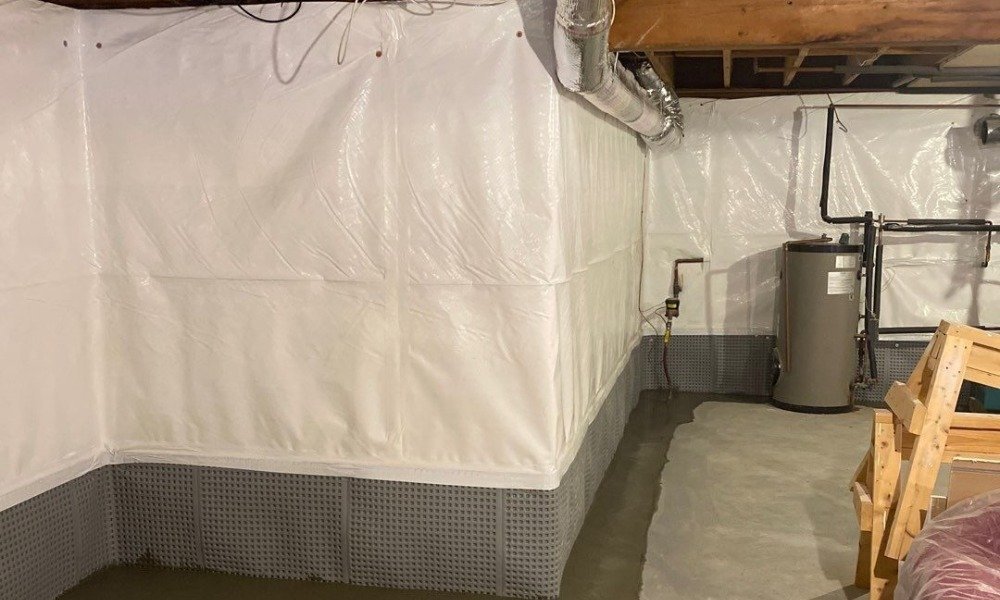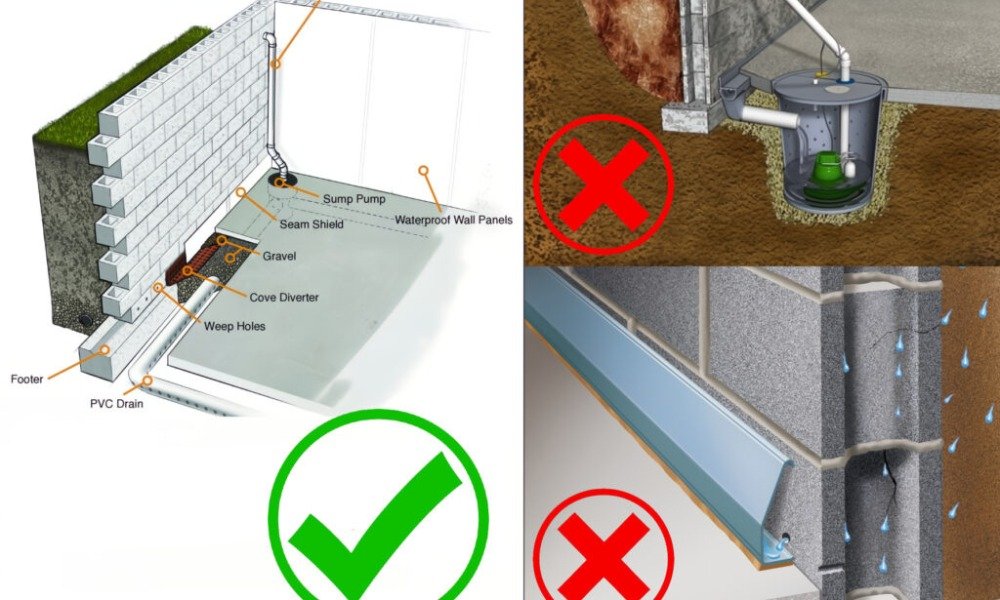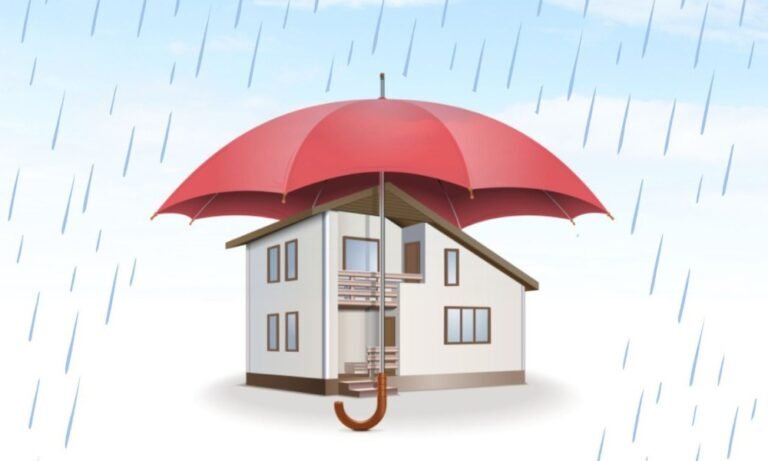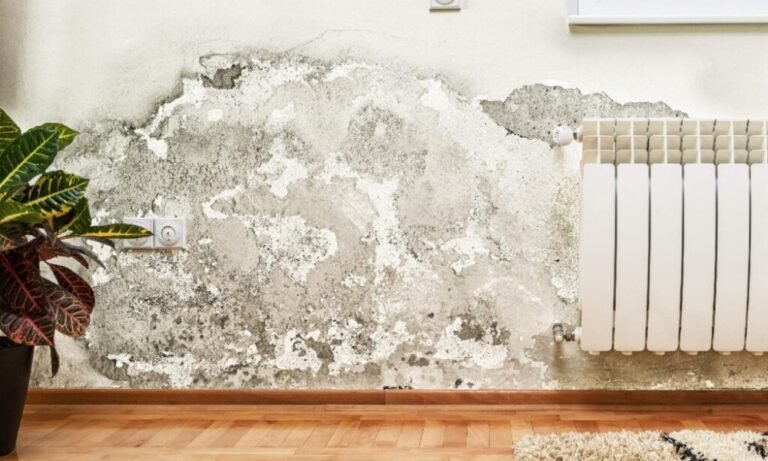Estimated reading time: 4 minutes
Protecting the lower level of your home is crucial to maintaining its value and comfort. Water issues in this space can lead to mold, structural problems, and a less pleasant living environment. Fortunately, there are proven solutions to keep it dry and safe. Here, I’ll outline seven essential strategies to address these challenges.
Quick Overview: What You’ll Learn
- How to recognize signs of moisture problems.
- Why this part of your house is prone to dampness.
- Seven effective methods to prevent water intrusion.
Let’s explore these solutions.
When Do You Need Waterproofing?
A space meant for storage, hobbies, or even extra living quarters should never become a damp and uninviting area. Look out for these warning signs:
- Leaking moisture: Puddles, damp floors, and condensation on walls are red flags.
- Fungal growth: Humidity can cause mold to thrive, affecting air quality.
- Wood deterioration: Rotted furniture or damaged beams suggest ongoing issues.
- Warping floors: Rising damp can wreak havoc on expensive hardwood upstairs.
- Unpleasant smells: Musty odors are often a sign of persistent dampness.
If any of these sound familiar, it’s time to act.
How Does Moisture Get In?
Water can infiltrate the lower parts of your home in several ways. Common culprits include:
- Foundation joints: The meeting point between walls and floors is often a weak spot.
- Cracks: Stress and pressure can cause openings that let liquid seep through.
- Pipes and seals: Poorly sealed plumbing can provide entry points.
- Surface runoff: Without proper drainage, rainwater can collect and find its way inside.
Identifying the source is key to selecting the right solution.
1. Seal Cracks with Epoxy
Cracks don’t just compromise the structure—they also invite leaks. Using epoxy injections is a reliable fix that strengthens walls while keeping moisture out.
- Expert Tip: For serious structural damage, enlist a professional to ensure long-term stability.
2. Install a Vapor Barrier

A vapor barrier acts like a protective shield, preventing dampness from seeping through the walls. These polyethylene sheets are a practical option for creating a moisture-resistant environment.
- Pro Tip: Combine barriers with a drainage system for added security.
3. Use Drain Tile Systems
Drain tile systems efficiently redirect water away from your foundation.
- Interior Systems: Installed beneath the floor to manage internal seepage.
- Exterior Systems: Positioned outside the structure to prevent infiltration at the source.
For more details, explore this guide to cost-effective waterproofing tips.
4. Install a Sump Pump

A sump pump is your home’s silent defender against flooding. These devices collect excess water and expel it safely away from your property.
- Maintenance Tip: Check the pump regularly to ensure it’s functioning, and keep a backup power source ready.
5. Use a French Drain
This clever solution uses a perforated pipe buried in a gravel trench to channel surface runoff away.
- DIY vs. Professional: Smaller installations can be tackled yourself, but for extensive yardwork, consider hiring an expert.
6. Extend Gutters and Downspouts
Rainwater often pools near your home due to short or misdirected gutters. Adding extensions can direct water further away, preventing soil oversaturation near your foundation.
7. Improve Yard Grading
A properly sloped yard ensures rainwater flows away rather than collecting near your home.
- Simple Fixes: Use a shovel to create a gradual slope.
- Major Adjustments: Hire a landscaping professional for large-scale grading projects.
Common Pitfalls to Avoid
- Ignoring the source of the problem and applying surface-level fixes.
- Choosing low-cost materials that don’t offer durability.
- Delaying action, which can lead to bigger expenses.
For a closer look at common mistakes, see this article on damp-proofing errors.
Final Thoughts: Take Action Today
Addressing moisture issues early is one of the best investments you can make in your home. From crack repairs to yard grading, these solutions provide peace of mind and long-lasting results.
If you’re unsure where to start or need expert help, check out when to hire a professional for waterproofing.
A dry, welcoming space isn’t just about avoiding problems—it’s about creating a comfortable, healthy environment for you and your family.



